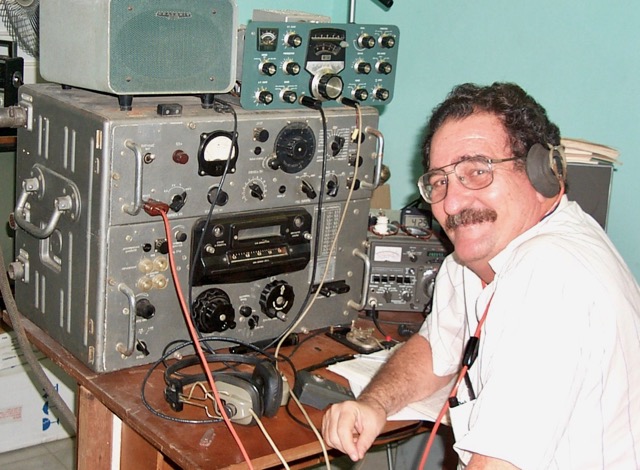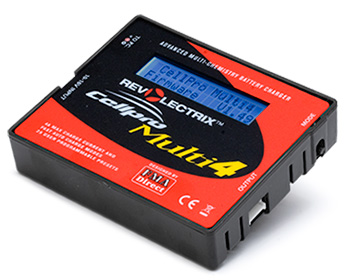Looking back over some older email list posts today I came across an interesting exchange of posts on the QRPp list.
In early August Arnie Coro CO2KK announced latest progress on the ‘Super Islander Version 5 QRP transceiver project’. Key design criteria include using “as much as possible parts that could be recycled from easy to find sources of electronic components” such as toroids from PC boards salvaged from failed compact flourescent globes, and other treasures from broken VCRs, TVs and fax machines.
Via the short Wikipedia bio of Arnie Coro I discovered a link to more than seven years of transcripts of his weekly radio program ‘DXers UNnlimited’ broadcast by Radio Habana Cuba. Earlier transcripts are here. He also has a blog last updated in June. They’re practical and full of useful ideas.
One transcript is reproduced on dxzone.com and is an undated description of the project detailing what appears to be the first valve version of the project – I think designed by his friend Pedro, CO7PR. It brings home in a softly stated way the challenges and barriers facing radio enthusiasts in countries which for one reason or another don’t enjoy relatively high wages to afford factory made gear, and who have to be much more resourceful in making do with what they have available to get on the air.
A rude dismissive comment on the QRPp list prompted a firm but calm response from Arnie.
“Yes amigos, it is very easy for people having access to the money and the possibility of buying factory built radios or even well designed kits with full instructions and each and every part required… even washers , to just sign a check or complete and electronic transaction that will bring to their homes a nice piece of equipment…
But that is not the case for many of us, that do enjoy very much the amateur radio hobby, and think not only about ourselves, but also about those that may benefit from also well designed, easy to assembly and to adjust radios that can be built using locally available parts.
Try to find even the lowest cost ceramic filter for building a single sideband rig in no less than 130 countries around the world and you will meet with the fact that they are impossible to locate, and the same goes for ferrite and powdered iron toroids, IF transformers, RF power transistors, small relays , RF connectors, resistors and capacitors, not to mention quartz crystals and integrated circuits !”
SolderSmoke named Arnie ‘Homebrew Hero’ earlier this year.

Arnie ended one of his missives to the QRPp list with this plea:
“Maybe one day the International Amateur Radio Union could sponsor a similar project to help promote amateur radio among young persons that live in poor nations where buying a factory made transceiver may be equal to the full salary of a worker during five years or more !!!”
I remember that one of the first QRP designs I ever built (back in the late 1970s) was a simple VXO controlled 6 W 20 m CW transceiver that appeared in QST (Dec 1978). It was later suggested as a prototype IARU transceiver as ham aid for developing nations. (This radio certainly worked for me, with a first contact into the US west coast with W6QR from a camp site in Kangaroo Valley!)
Arnie’s idea appears much more economical and self reliant, drawing on the potential of recyclable components. It’s also a design thought through from a Cuban perspective rather than a first world one.
You can even hear an interview with Arnie Coro recalling the Bay of Pigs invasion in 1961. [audio].
